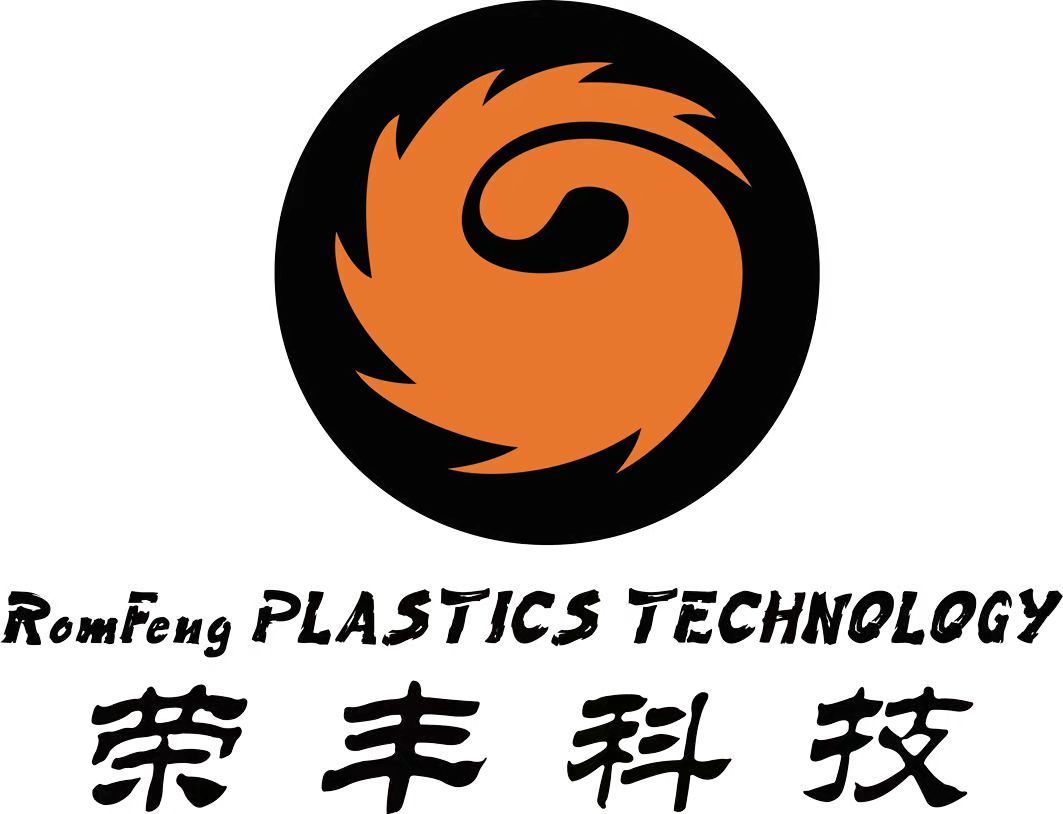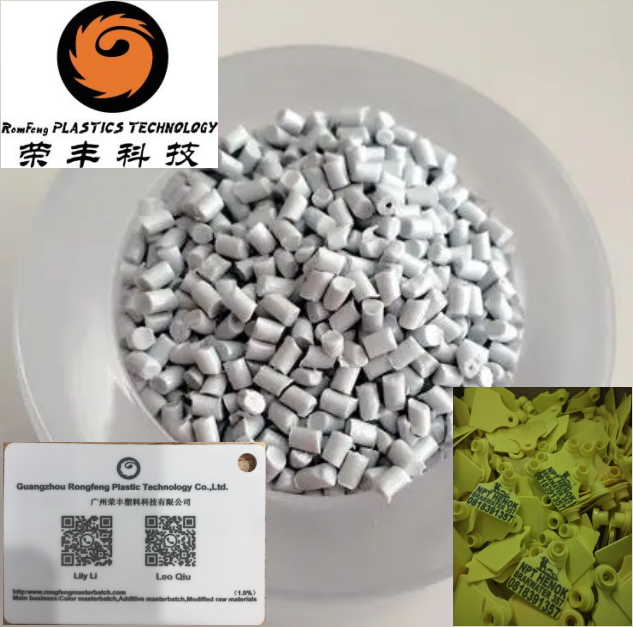Exploring the Versatility of PVC in Phonorecord Manufacturing: A Comprehensive Guide
Release time:
2025-05-23 17:00
Source:
Exploring the Versatility of PVC in Phonorecord Manufacturing
Table of Contents
- Introduction to PVC and Phonorecord Manufacturing
- Historical Context of PVC in the Music Industry
- Key Properties of PVC that Enhance Phonorecords
- The Manufacturing Process of PVC Phonorecords
- Sustainability Practices in PVC Production
- Applications of PVC in Phonorecords and Beyond
- Future Trends in PVC Use in Phonorecord Manufacturing
- Conclusion
- Frequently Asked Questions (FAQs)
Introduction to PVC and Phonorecord Manufacturing
In the realm of phonorecord manufacturing, **PVC (polyvinyl chloride)** stands out as a pivotal material. This synthetic polymer, renowned for its versatility and durability, has transformed how we produce and enjoy music. As audiophiles and casual listeners alike seek enhanced sound quality and durability, the demand for superior phonorecords has surged. Understanding the properties and applications of PVC is essential for grasping its significance in the music industry.
Historical Context of PVC in the Music Industry
The journey of PVC in phonorecord manufacturing traces back to the early 20th century when it was first synthesized. Initially, its use was limited due to its rigidity and lack of flexibility. However, as technology evolved, so did the methods of processing PVC. By the 1940s, **vinyl records**—made from PVC—gained prominence, becoming the standard for music distribution. This period marked a revolution in the music industry, as records produced from PVC offered superior sound quality compared to earlier materials like shellac.
Throughout the decades, the rise of rock 'n' roll, pop, and various music genres propelled the demand for vinyl records. The nostalgic revival of vinyl in recent years has further solidified PVC's place in phonorecord manufacturing, making it a staple in both new productions and reissues of classic albums.
Key Properties of PVC that Enhance Phonorecords
PVC boasts a myriad of properties that make it particularly suitable for phonorecord manufacturing:
1. **Durability**
PVC is resistant to wear and tear, ensuring that phonorecords retain their quality over time. Unlike other materials, vinyl records made from PVC are less prone to cracking and breaking, making them ideal for frequent use.
2. **Sound Quality**
One of the most significant benefits of PVC is its ability to produce high-fidelity sound. The dense structure of PVC minimizes external noise interference, allowing for a richer, more immersive listening experience. This quality is essential for audiophiles who prioritize sound clarity.
3. **Flexibility and Malleability**
PVC can be easily molded into various shapes and designs, providing manufacturers with creative freedom. This flexibility allows for intricate patterns and colors that enhance the aesthetic appeal of the phonorecords.
4. **Chemical Stability**
PVC exhibits excellent resistance to degradation from environmental factors such as moisture and temperature fluctuations. This stability ensures that phonorecords maintain their integrity and sound quality, even in less-than-ideal storage conditions.
The Manufacturing Process of PVC Phonorecords
Understanding the manufacturing process of PVC phonorecords is crucial for appreciating their quality:
1. **Material Preparation**
The process begins with the preparation of PVC resin, which is then mixed with various additives to enhance its properties. These additives can include plasticizers to improve flexibility and stabilizers to prevent degradation.
2. **Extrusion and Molding**
Once the PVC mixture is ready, it undergoes extrusion, where it is shaped into a flat sheet. This sheet is then cut into circular discs that will become the phonorecords. The precision of this step is crucial for achieving uniform thickness and size.
3. **Mastering and Lacquering**
The next phase involves creating a master disc, which is used to imprint the sound grooves onto the surface of the PVC disc. This is achieved through a process known as lacquering, where the master disc is coated with a lacquer that captures the sound waves.
4. **Pressing**
The lacquered master is then pressed onto the PVC discs, creating the final phonorecords. This step requires meticulous attention to detail to ensure that the grooves are correctly imprinted, resulting in optimal sound quality.
5. **Quality Control**
Finally, each phonorecord undergoes rigorous quality control tests to detect any defects. This step is vital to ensure that only the highest-quality records reach consumers.
Sustainability Practices in PVC Production
As environmental concerns continue to rise, the PVC industry has made significant strides toward sustainability. Manufacturers are now focusing on eco-friendly practices, such as:
1. **Recycling Initiatives**
PVC is highly recyclable, and many manufacturers are now implementing recycling programs to repurpose old records and leftover materials. This reduces waste and conserves resources.
2. **Bio-based Additives**
Innovations in bio-based additives are helping to reduce the environmental footprint of PVC production. By substituting traditional petroleum-based materials with renewable resources, manufacturers can create more sustainable products.
3. **Energy-Efficient Processes**
Many production facilities are adopting energy-efficient technologies that reduce energy consumption during manufacturing. This not only lowers production costs but also minimizes greenhouse gas emissions.
Applications of PVC in Phonorecords and Beyond
While PVC is predominantly known for its role in phonorecord manufacturing, its applications extend far beyond the music industry:
1. **Packaging Solutions**
PVC is used extensively in creating packaging for various media formats, including CDs and DVDs. Its durability ensures that the products inside remain protected from damage.
2. **Musical Instruments**
PVC is also utilized in the manufacturing of certain musical instruments, such as drum heads and mouthpieces. Its resilient properties contribute to the overall sound quality and longevity of these instruments.
3. **Soundproofing Materials**
In construction, PVC is employed as a soundproofing material, helping to reduce noise pollution in both residential and commercial spaces. This versatility underscores the polymer's importance in enhancing sound quality in various applications.
Future Trends in PVC Use in Phonorecord Manufacturing
As technology and consumer preferences evolve, several trends are likely to shape the future of PVC in phonorecord manufacturing:
1. **Smart Vinyl Records**
Innovations in technology may lead to the development of smart vinyl records capable of integrating digital features. This could revolutionize how music is consumed and experienced.
2. **Customization and Personalization**
With advancements in printing technologies, consumers may soon have the opportunity to customize their phonorecords, choosing colors, patterns, and even personal labels. This trend towards personalization will appeal to collectors and enthusiasts alike.
3. **Sustainable Vinyl**
As sustainability continues to be a priority, the trend toward eco-friendly PVC will likely gain momentum. Consumers are increasingly seeking products that align with their values, creating demand for sustainably-produced phonorecords.
Conclusion
The role of PVC in phonorecord manufacturing is undeniable. Its unique properties provide audiophiles with high-quality sound and durability, while its versatility accommodates creative designs. As we look toward the future, the ongoing innovations in PVC production and applications will undoubtedly shape the sound of music for generations to come. With sustainability at the forefront, PVC is poised to remain a cornerstone of phonorecord manufacturing, continuing to resonate with music lovers around the world.
Frequently Asked Questions (FAQs)
1. What is PVC, and why is it used in phonorecords?
PVC, or polyvinyl chloride, is a synthetic polymer known for its durability, flexibility, and excellent sound quality. These properties make it ideal for manufacturing phonorecords, ensuring long-lasting use and superior audio performance.
2. How are PVC phonorecords made?
PVC phonorecords are made through a process that includes material preparation, extrusion, lacquering, pressing, and quality control. Each step is crucial to achieving high-quality records.
3. Are PVC records environmentally friendly?
PVC is recyclable, and many manufacturers are adopting sustainable practices to minimize their environmental impact. Innovations in bio-based additives and energy-efficient processes contribute to making PVC production more eco-friendly.
4. How does PVC affect the sound quality of phonorecords?
PVC's dense structure minimizes external noise interference, enhancing sound quality. This characteristic is particularly important for audiophiles seeking a rich listening experience.
5. What future trends can we expect in PVC phonorecord manufacturing?
Future trends may include the development of smart vinyl records, increased customization options, and a continued focus on sustainable production practices. These trends will shape how music is created and consumed in the coming years.
PVC For Phonorecord
Next









